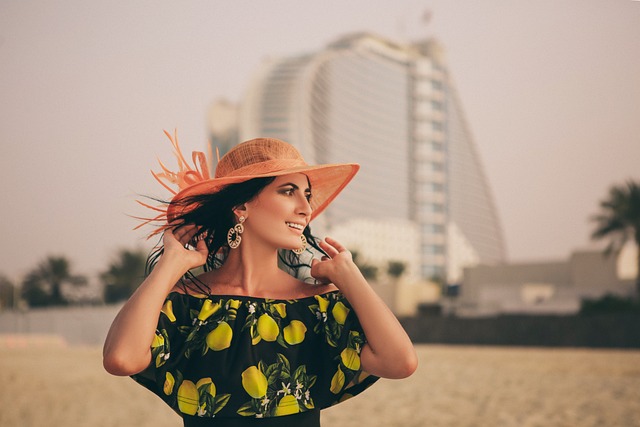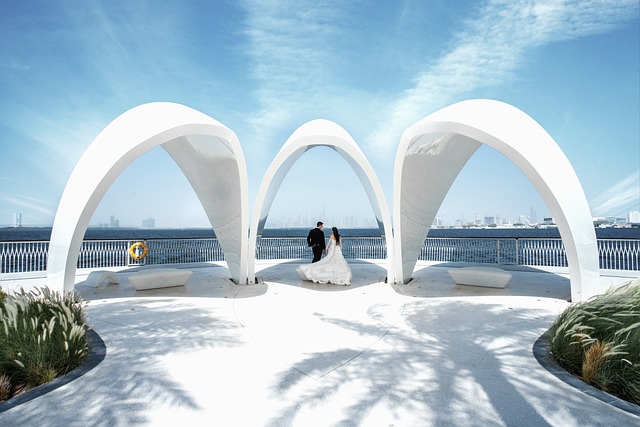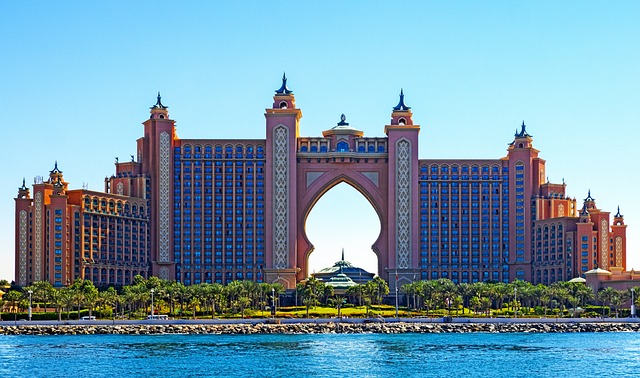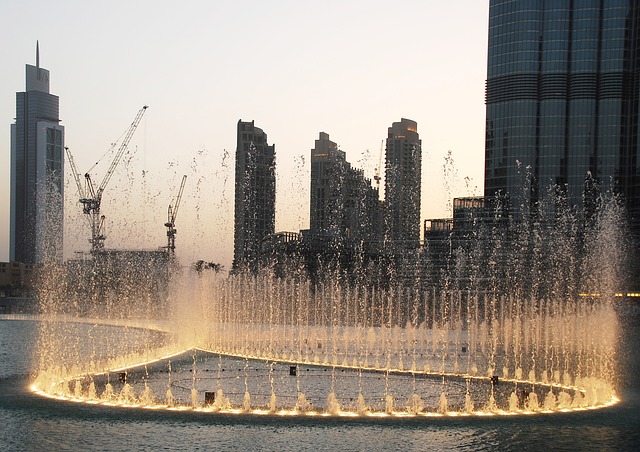The Cultural Tapestry of Dubai: A Journey Through Time
Dubai, a city that effortlessly blends tradition and modernity, is not just a bustling cosmopolitan hub but also a realm steeped in cultural richness and history. Over the years, it has transformed from a modest fishing village into a global city synonymous with luxury, innovation, and diversity. This article explores the multifaceted cultural tapestry of Dubai, tracing its historical roots, examining its rich traditions, and celebrating the influences that have shaped its identity.
Historical Overview
To understand Dubai’s cultural landscape, one must delve into its history. The area now known as Dubai has been inhabited for thousands of years, with archaeological findings indicating human presence as far back as 3000 BC. The region was strategically important for trade, situated on ancient trade routes that connected the East and West. This position facilitated cultural exchanges that would influence the society’s development over centuries.
In the early 20th century, Dubai was still primarily a fishing and pearling town, governed by tribal leaders. The discovery of oil in the 1960s brought unprecedented wealth to the region, transforming Dubai into a modern metropolis. This rapid development prompted a migration of people from various parts of the world, each bringing their unique cultures, languages, and traditions. Consequently, the social fabric of Dubai became an intricate blend of local customs and global influences.
The Emirati Heritage
At its core, the cultural identity of Dubai can be traced back to the values and traditions of the Emirati people. These traditions, passed down through generations, are characterized by hospitality, family ties, and respect for their Bedouin heritage. The locals take great pride in their history, which is reflected in various aspects of daily life, from cuisine to arts and crafts.
One of the most significant cultural expressions in Dubai is the art of storytelling, known as “Hekaya.” This oral tradition involves recounting tales of valor, wisdom, and moral lessons passed down through generations. It is often accompanied by traditional music played on instruments like the “oud” (a stringed instrument) and the “drum” or “tabl.” The art of the “poetry slam,” particularly Nabati poetry, also serves as a medium through which Emiratis connect to their cultural roots, allowing them to express their thoughts and emotions in a poetic form.
Architectural Heritage
The architectural landscape of Dubai serves as a testament to its rich cultural history. While contemporary skyscrapers symbolize the city’s rapid modernization, ancient structures like the Al Fahidi Fort museum preserve the charm of the past. This fort, built in 1787, is the oldest existing building in Dubai and showcases traditional Emirati architecture with its wind towers and mudbrick walls.
Nearby, the Al Bastakiya district transports visitors back in time with its narrow lanes, art galleries, and courtyard residences built in the late 19th century. The structures reflect the Persian influence on local architecture, featuring intricate designs and wind towers that provided ventilation before the advent of air conditioning. This area is also home to the Dubai Museum, which offers insights into the emirate’s transformation over the decades.
Art and Festivals
The arts scene in Dubai is as dynamic as the city itself. Dubai is a melting pot of global art influences, characterized by a mix of traditional and contemporary styles. Art exhibitions and festivals such as Art Dubai and the Sikka Art Fair showcase local and international talent, promoting cultural dialogue. Artists draw inspiration from their heritage while also responding to contemporary global themes, resulting in artworks that resonate with diverse audiences.
Moreover, festivals in Dubai illuminate the cultural diversity of the city. One of the most notable events is the Dubai Shopping Festival, celebrated annually, which not only promotes commerce but also features cultural performances, street food, and local crafts. Another significant event is the UAE National Day, which sees Emiratis and expatriates coming together to celebrate the unity of the federation through parades, fireworks, and traditional music and dance.
Culinary Heritage
Cuisine is one of the most flavorful expressions of any culture, and Dubai’s culinary scene is no exception. Influences from Arab, Persian, Indian, and Western cuisines come together, creating a unique gastronomic landscape. Traditional Emirati dishes such as “Al Harees” (a dish made of wheat and meat), “Majboos” (a spiced rice dish), and “Luqaimat” (sweet dumplings) highlight local flavors and traditions.
Food in Dubai is often an event of socialization, characterized by communal dining experiences where families and friends come together to share meals. The city’s diverse population has also contributed to a variety of international cuisines, making it one of the world’s culinary melting pots. Food festivals and markets celebrate this diversity, allowing residents and tourists alike to sample dishes from around the globe.
Religious Tolerance and Coexistence
One of the key aspects of Dubai’s cultural tapestry is its commitment to religious tolerance and coexistence. While Islam is the predominant religion, the city is home to a multitude of faiths, with places of worship for Hindus, Sikhs, Christians, and others coexisting peacefully. Dubai’s leadership promotes an inclusive environment that encourages people of different backgrounds to live and work together harmoniously.
The Sheikh Mohammed Centre for Cultural Understanding offers initiatives designed to foster understanding and respect among different cultures. By organizing cultural meals, guided mosque tours, and educational workshops about Islam and Emirati culture, the center provides a platform for dialogue and learning, breaking down stereotypes and misconceptions.
Conclusion: A City of the Future Rooted in its Past
Dubai’s cultural tapestry is a vivid illustration of its rich history, local traditions, and the melting pot of global influences that define it today. Despite its futuristic skyline, the city remains deeply rooted in its Arabian heritage. By honoring its past while embracing modernity, Dubai has carved a unique space on the global stage, serving as a beacon of cultural diversity and tolerance.
As technological advancements continue to shape the city and with the anticipation of Expo 2020 showcasing innovation and collaboration, Dubai is poised to continue its journey of evolution while retaining the essence of its cultural identity. The story of Dubai is one of curiosity, openness, and resilience—an ongoing journey that invites all to explore, engage, and appreciate the wonder of its cultural tapestry.



